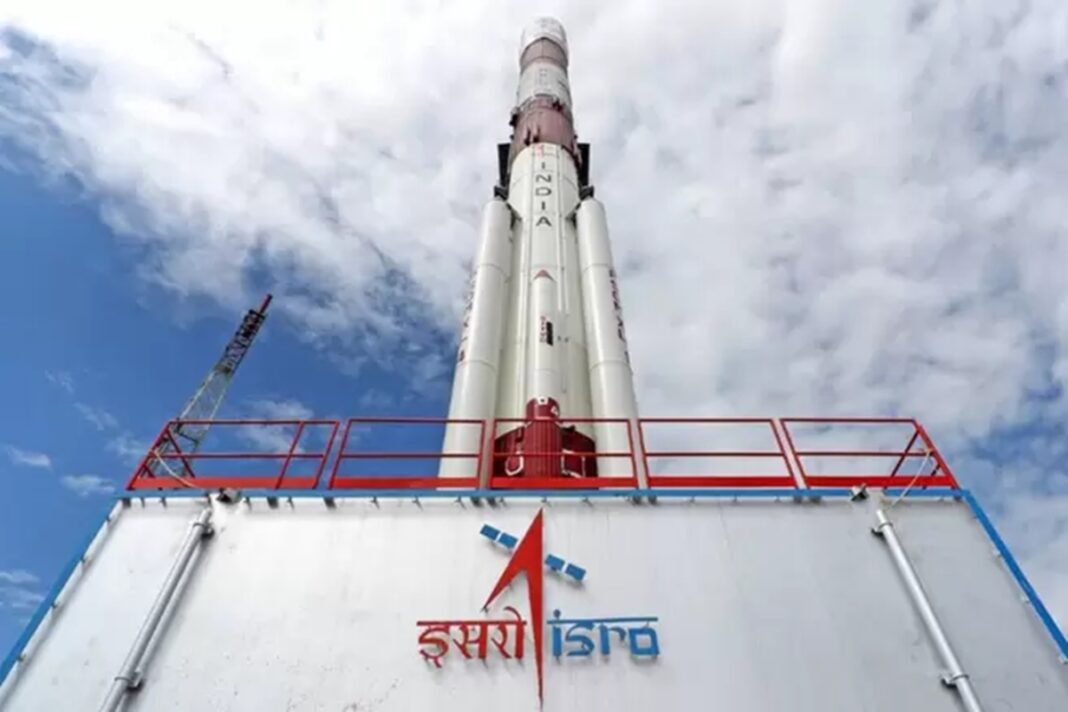The Indian Space Research Organization (ISRO), formerly known as the Indian National Committee for Space Research (INCOSPAR), has firmly established itself as a rising star in the global space arena.
From launching the most cost-effective Mars mission to successfully exploring the south pole of the moon with Chandrayaan-2 — a milestone that even China had not achieved at the time—ISRO has consistently proven its capabilities.
Once focused on regional competition, it now ranks alongside premier organizations like NASA, the European Space Agency (ESA), and the China National Space Administration (CNSA).
Today, ISRO stands as a world-class agency, one that is dominating the Asian space race.
ISRO’s story is not one to be bragged about but learned from. Thus what must be written are the ingredients that made this world-dominating space agency what it is today, offering lessons that any country can adopt.
Choosing The Right Path
The launch of Russian Sputnik in 1957 sparked a crucial realization in India about the need for a dedicated space program, which was dictated by Vikram Sarabhai, whose visionary leadership laid the foundation for India’s space endeavors.
Sarabhai articulated his vision clearly and said, “There are some who question the relevance of space activities in a developing nation. To us, there is no ambiguity of purpose. We do not have the fantasy of competing with economically advanced nations in the exploration of the moon or the planets or manned space flight. But we are convinced that if we are to play a meaningful role nationally, and in the community of nations, we must be second to none in the application of advanced technologies to the real problems of man and society.”
Sarabhai’s vision emphasized leveraging space technology to address societal challenges rather than engaging in a space race. This commitment to societal betterment has been a defining characteristic of ISRO’s development.
Unlike NASA, which was developed by the US during the Cold War to assert technological dominance over Russia, ISRO’s mission was to achieve social objectives.
Prime Minister Jawaharlal Nehru stood with this vision and stated Sarabhai’s belief in science as a catalyst for national progress. Nehru stated:
“It is science alone that can solve the problems of hunger and poverty, of insanitation and illiteracy, of superstition and deadening custom and tradition, of vast resources running to waste, or a rich country inhabited by starving people… Who indeed could afford to ignore science today? At every turn, we have to seek its aid… The future belongs to science and those who make friends with science.”
Nehru’s support and Sarabhai’s strategic insight provided a solid foundation for ISRO, emphasizing thoughtful and deliberate growth over immediate competition.

While Sarabhai and Nehru were the leading figures, their efforts were bolstered by key individuals such as Dr. A.P.J. Abdul Kalam, who advanced India’s missile and space technology, and Dr. Satish Dhawan, who led ISRO through a critical growth phase. Their contributions were vital to ISRO’s early achievements.
From the perspectives shared by its founders, it becomes evident that ISRO’s enduring success is rooted in a commitment to long-term development and visionary planning.
In a conversation, Mr. Sandeep Poddar, a space science and astronomy enthusiast and founder of Ignited Minds tells Scientia Pakistan that “Even in its formative years, despite facing significant domestic challenges and limited resources, ISRO prioritized its space programs.” This strategic focus on developing indigenous launch vehicles highlighted India’s commitment to building a robust space infrastructure and achieving self-reliance in space technology.
He further pointed out that Although India launched its first satellite, Aryabhata, with the help of Russia in 1975, the subsequent development of indigenous launch vehicles marked a significant milestone. By the 1980s, ISRO had successfully developed its Satellite Launch Vehicle (SLV) and Polar Satellite Launch Vehicle (PSLV).
These advancements were critical in enhancing India’s capabilities to deploy satellites independently. The development of SLV and PSLV, not only demonstrated technical prowess but also paved the way for India to achieve greater autonomy and progress in space exploration.
ISRO’s strategic vision of self-reliance and long-term development is a philosophy that continues to drive its remarkable achievements in space exploration today.
Building The Nation
India has recognized the importance of investing in its people and infrastructure to secure a future in space exploration. ISRO’s strategy was to advance its technological capabilities and elevate its workforce to global standards. To ensure that the space program is driven by Indian Scientists and engineers, ISRO focuses on building local talent.
Starting in the 1970s, India significantly increased its budget for education, aiming to create a highly skilled workforce for its space programs. This long-term investment ensured that, after two decades, the nation had a pool of experts ready to contribute to ISRO’s ambitious projects. ISRO offered these trained individuals opportunities to work within the country, thereby reducing the brain drain to other nations and fostering a robust domestic talent base.
ISRO’s preference for hiring individuals with experience from its own programs, rather than from NASA or other international space agencies, underscores its focus on addressing India’s unique challenges. Indian scientists, trained within this ecosystem, are equipped to develop innovative, cost-effective solutions tailored to the country’s specific needs.
India has established a centralized education system that aligns closely with ISRO’s requirements. The curriculum is designed to prepare students for the future needs of the space program, creating a seamless transition from academia to practical application.
This approach resembles the integration between Caltech and NASA, where the boundaries between university education and research activities are indistinguishable. This insight was highlighted in an official interview with Sandeep Poddar, who emphasized the close collaboration between educational institutions and ISRO.
ISRO’s commitment to continuous improvement extends to its current employees as well. The organization encourages participation in workshops and interactions with international teams, including those at NASA, facilitating an exchange of knowledge and expertise. This collaborative spirit ensures that ISRO remains at the forefront of space innovation.
Private universities in India also play a crucial role in this ecosystem. They are invited to participate in workshops and collaborate with ISRO on satellite design and development. Students from these institutions are given opportunities to work on projects that will be launched by ISRO, further enriching the talent pool and fostering a culture of innovation.
Final Words!
ISRO’s trajectory offers valuable lessons for future space endeavors worldwide. Its focus on long-term growth, self-reliance, and addressing societal challenges through space technology presents a sustainable model for development. The organization’s commitment to innovation and education ensures it remains at the forefront of space exploration. By continuing to invest in homegrown talent and pioneering cost-effective solutions, ISRO is poised to tackle new challenges and explore new frontiers.
The future of space exploration holds immense potential, and ISRO’s strategic approach will undoubtedly play a crucial role in shaping this exciting journey.
References:
Also read: SUPARCO vs ISRO

Insia Rizvi is a writer, researcher, and avid reader with a strong academic background in space sciences and astrophysics. She holds a bachelor’s degree in Space Sciences and a master’s in Astrophysics. Insia has interned at SUPARCO and presented her research at the 7th International Conference on Space Science and Technology. Currently, she works as a freelance writer while actively pursuing her own research projects.

